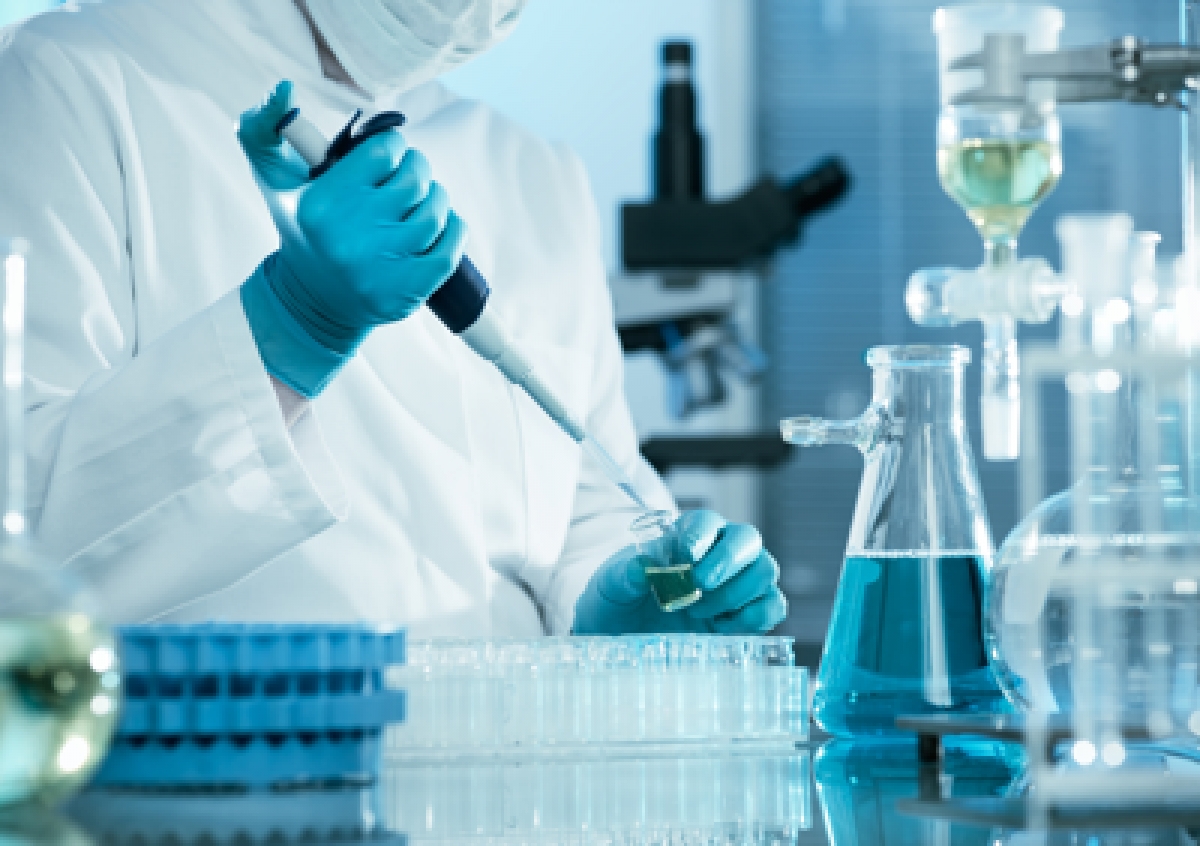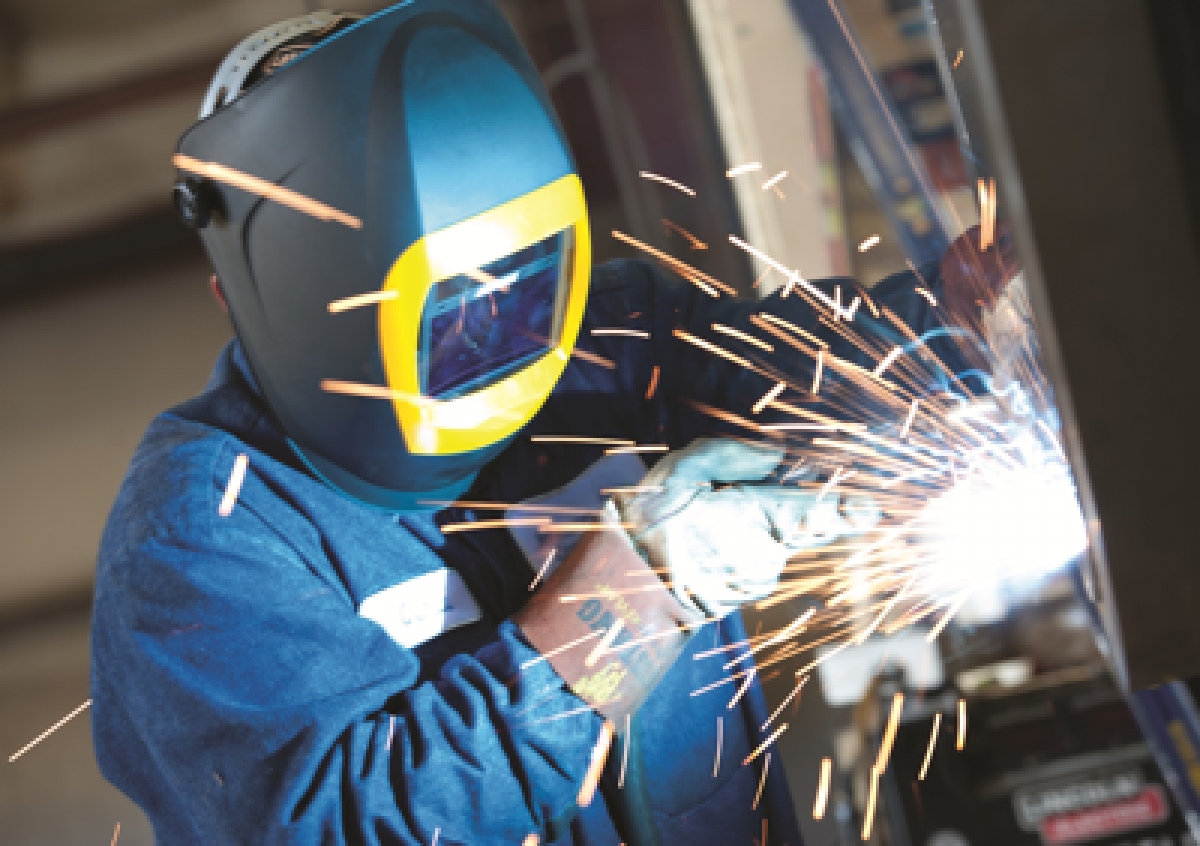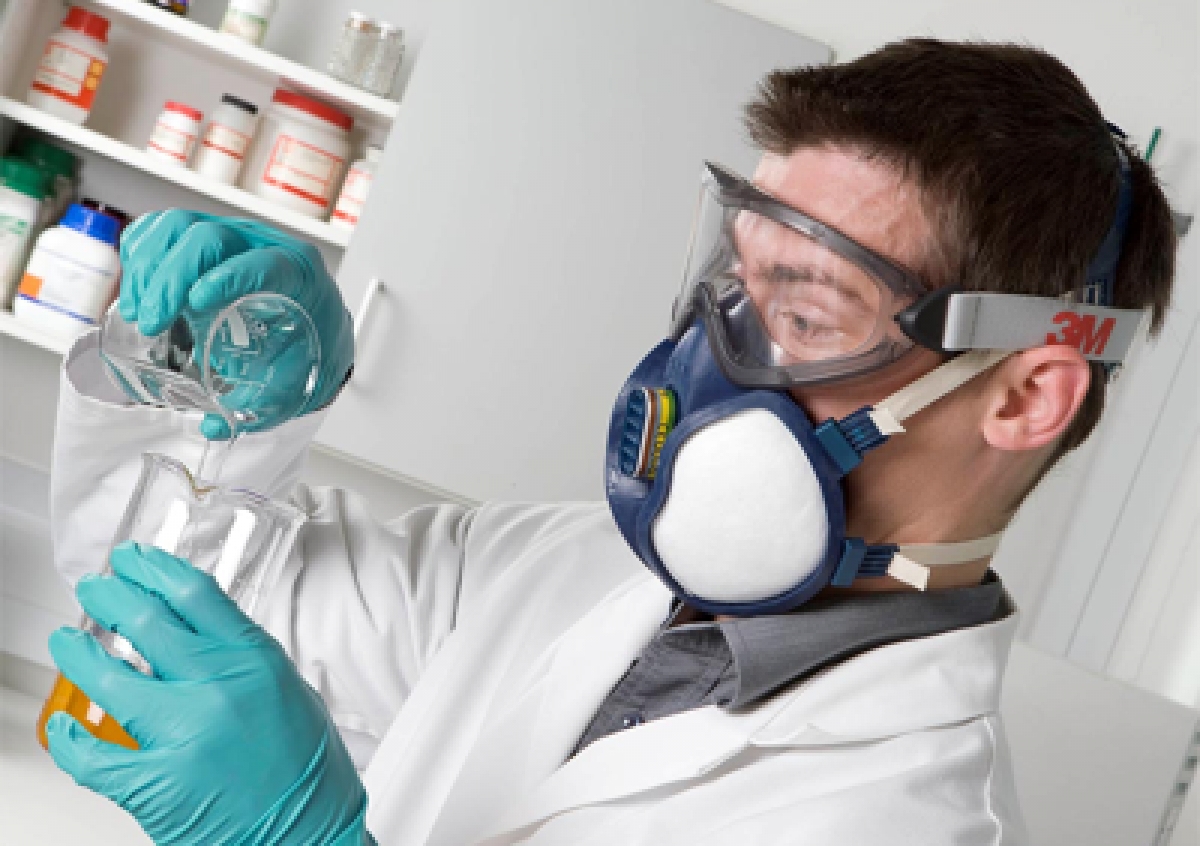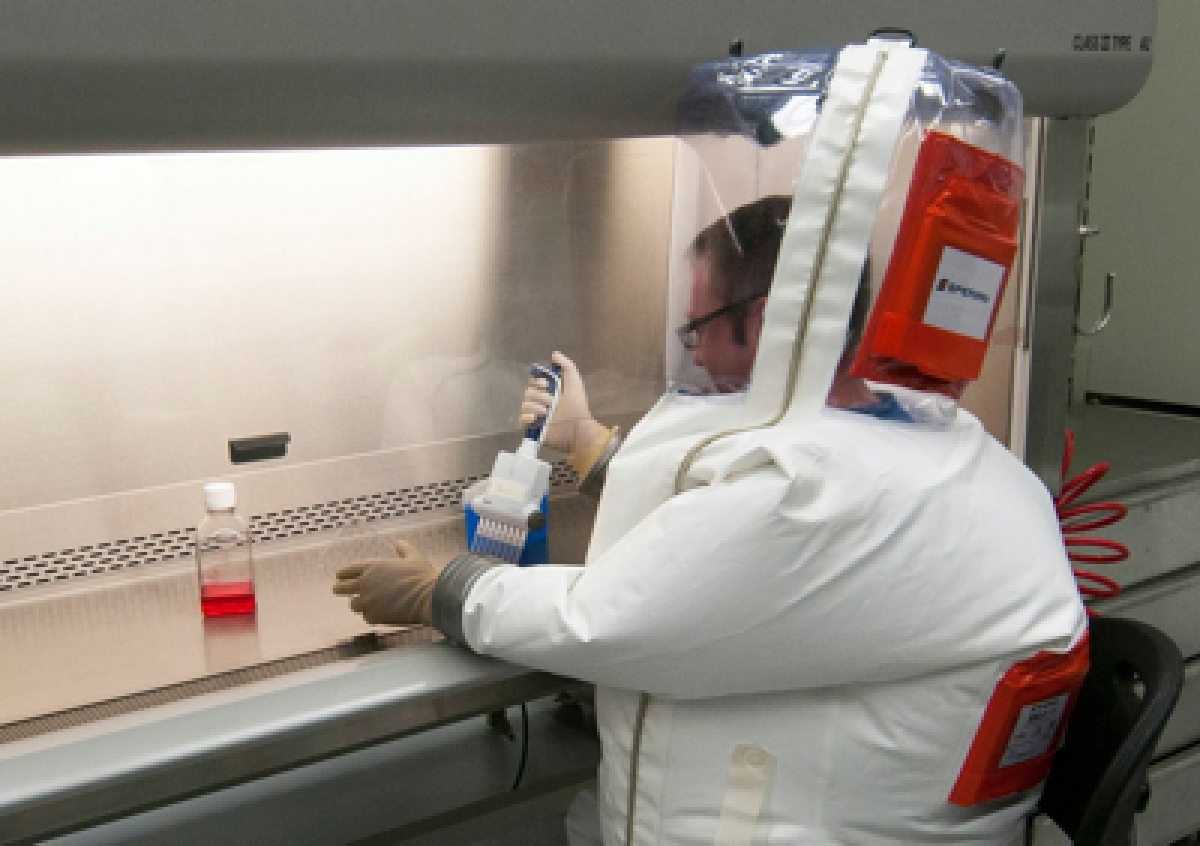Biological research laboratories are special work environments that pose potential exposure risks to infectious diseases, genetically modified organisms (GMOs) or toxins by persons working in these laboratories or entering them. There is a clear historical record of laboratory-acquired infections; more than 4,000 laboratory-acquired
infections have been reported and many others have certainly occurred. Incidents such as a splash to mucous membranes, needle stick, contamination of open wounds or skin lesions, ingestion or inhalation of an aerosolized infectious agent or toxin have all produced laboratory-acquired disease.
The essential component of evaluating and controlling exposure to biohazardous materials is the process called “Risk Assessment.” The most straightforward component of risk is evaluating the possibility that a researcher could become infected with an agent they are handling. However, protection of the environment and community against an accidental release of biohazardous materials and/or genetically modified materials or animals is also essential. In order for the Biosafety Officers and the Institutional Biosafety Committee to do their analysis, researchers must provide complete and comprehensive information. It is therefore essential when completing applications, such as a Biological Use Authorization (BUA), for descriptions of the work and materials to be written so that a layperson can understand.
The tools used during risk assessment include identifying an agent’s Risk Group, and determining the appropriate Biosafety Level (BSL) required for adequate containment. The characteristics of Risk Groups and BSLs are described in the tables at the end of the chapter. Note that Risk Groups are only based upon the potential for an agent causing disease in healthy adults, not children or those who may be at increased risk due to immunocompromised conditions. Also note that the Biosafety Level often corresponds to the Risk Group, but not always. There are many cases where an agent poses little or no risk to a person but could do serious harm to agriculture or the environment if released. The Biosafety Level will be higher than the risk group would indicate. The BSL may also be increased for working with large quantities of culture (greater than 10 liters) or if laboratory manipulations dictate higher containment conditions.
It is important to understand that the Risk Group for an agent is assigned by entities external to UTHM such as the National Institute of Occupational Safety and Health (NIOSH) or the World Health Organisation (WHO). It is the practice of the UTHM IBC (Institutional Biosafety Committee) to use the most conservative reasonable RG assignment for an agent in their risk assessment. However it is entirely the UTHM IBC’s responsibility to assign the appropriate BSL for the work being done.




